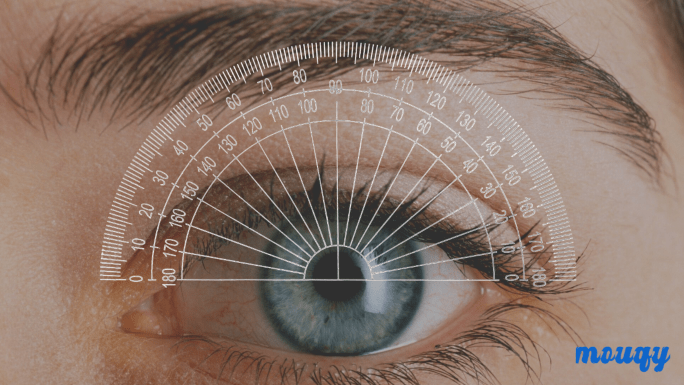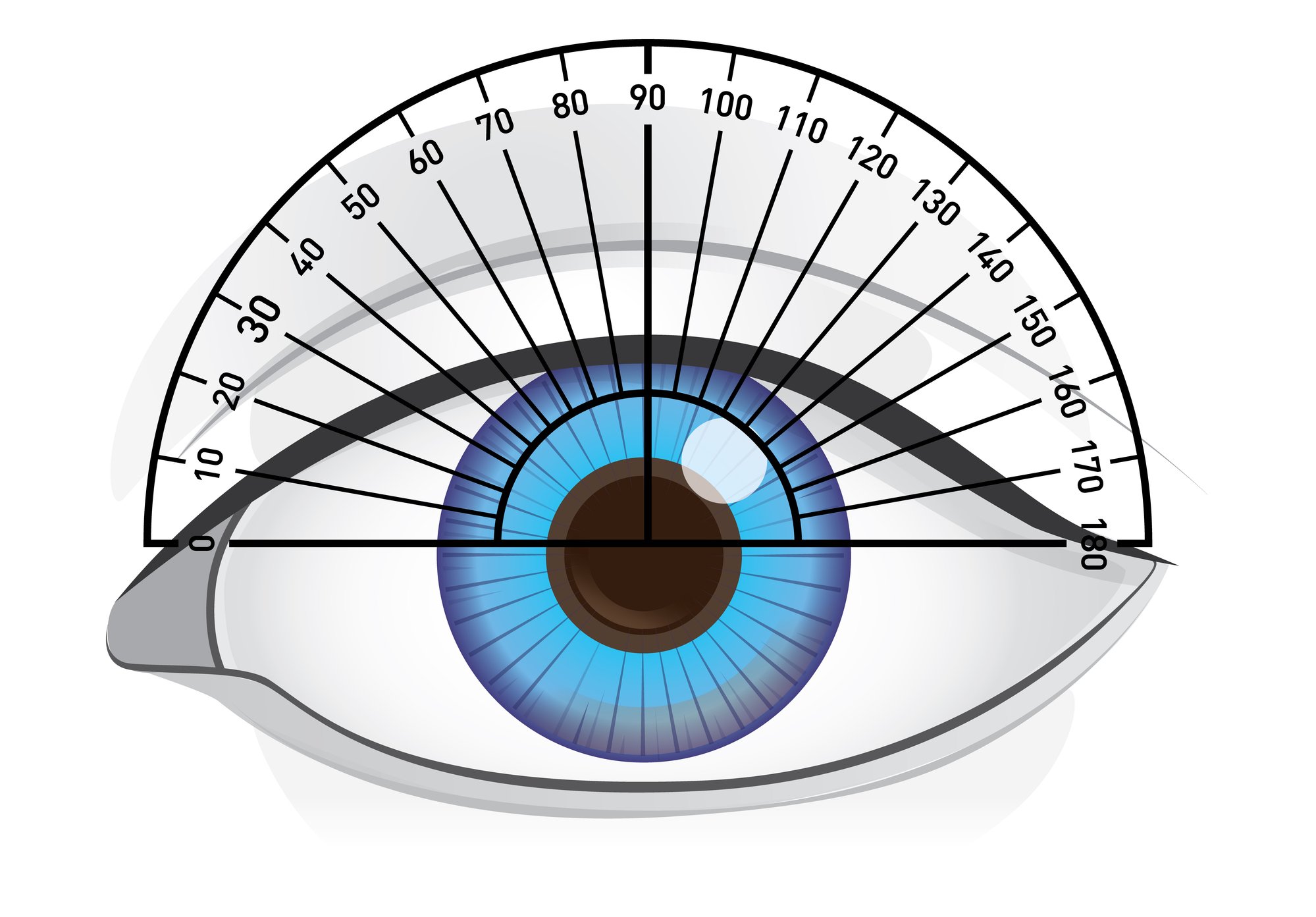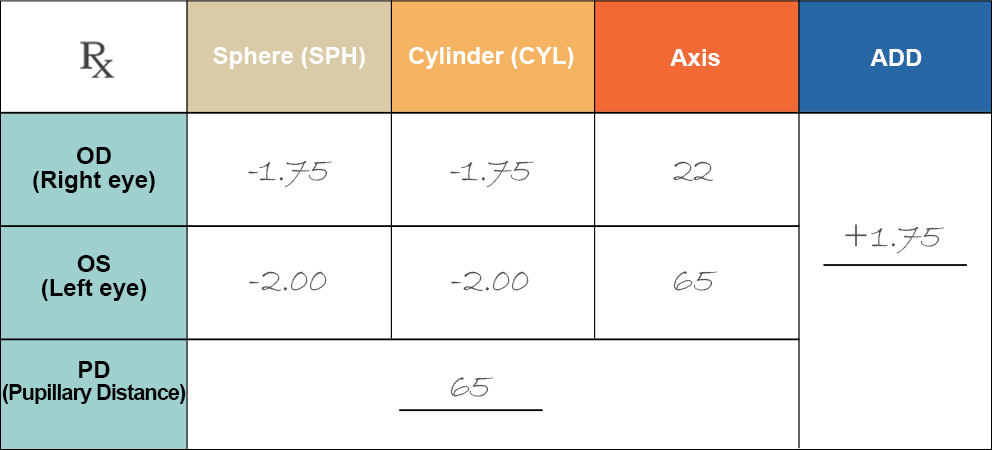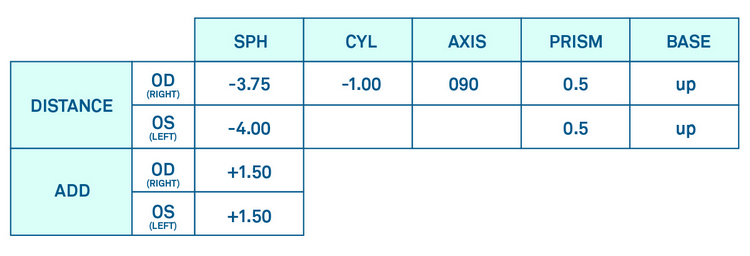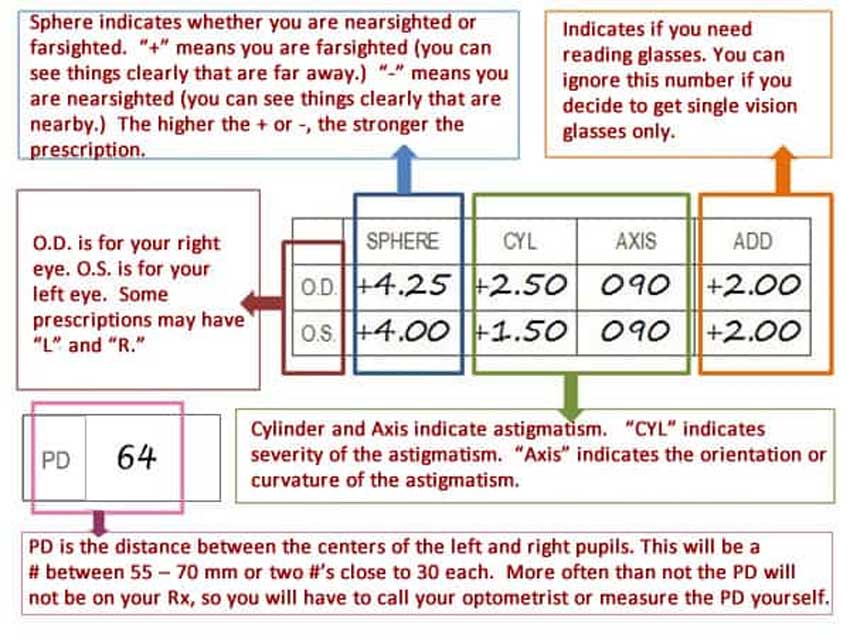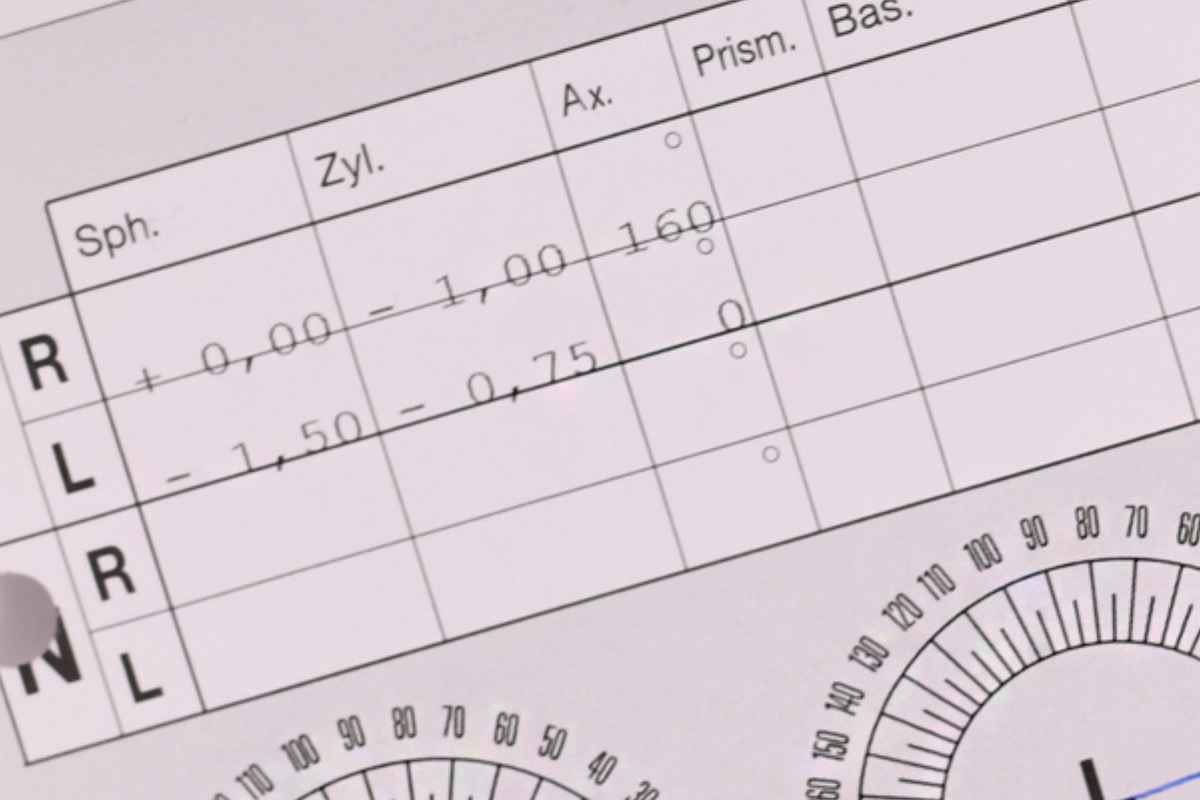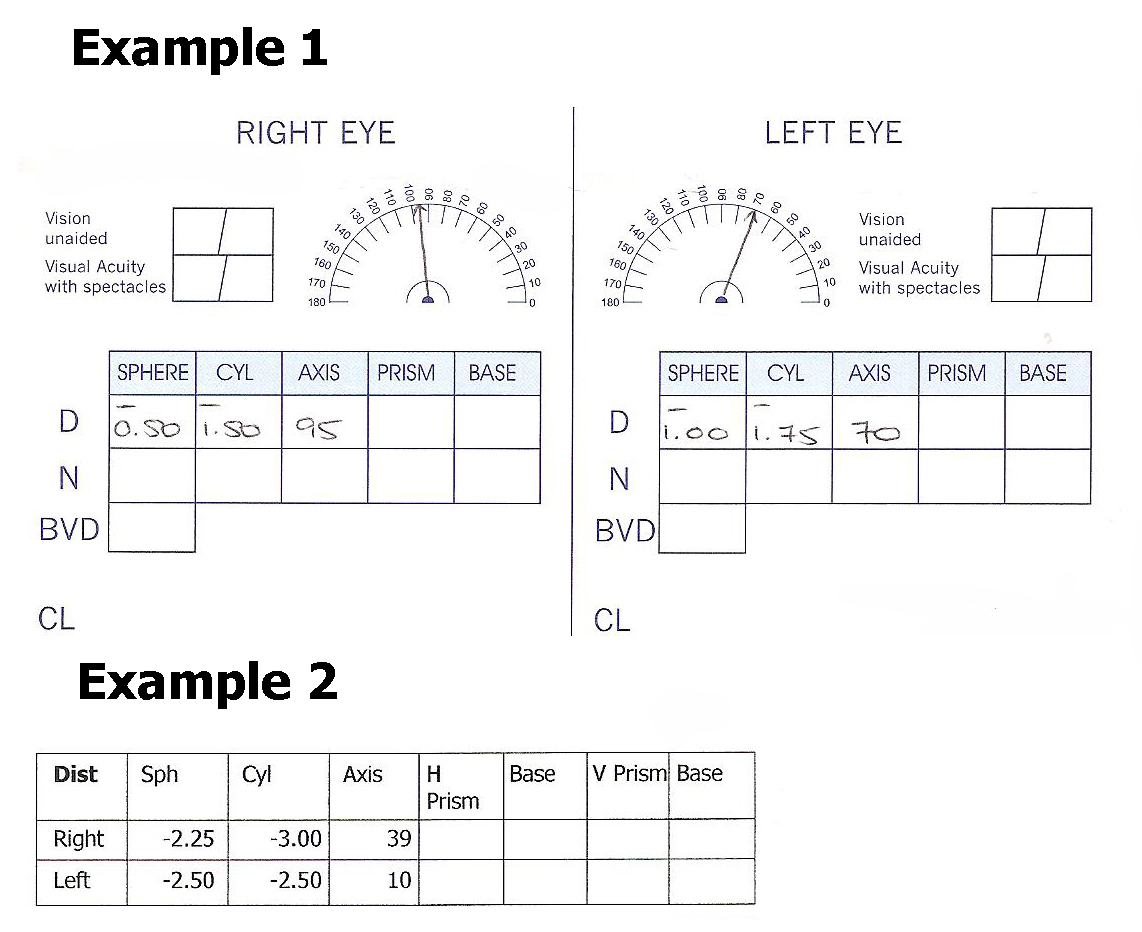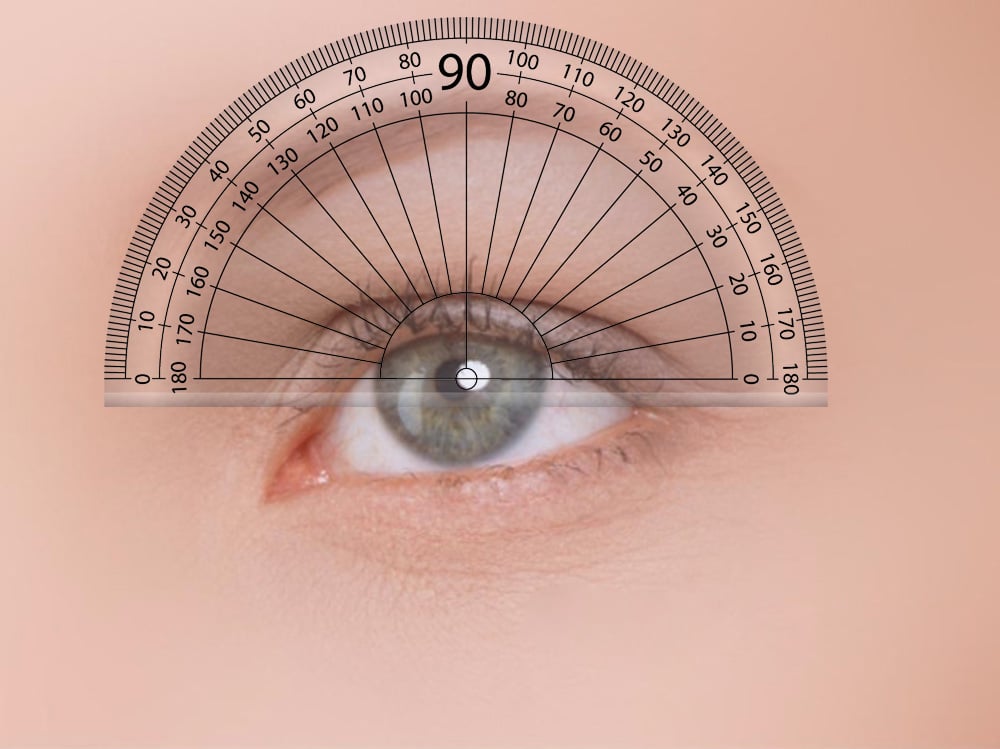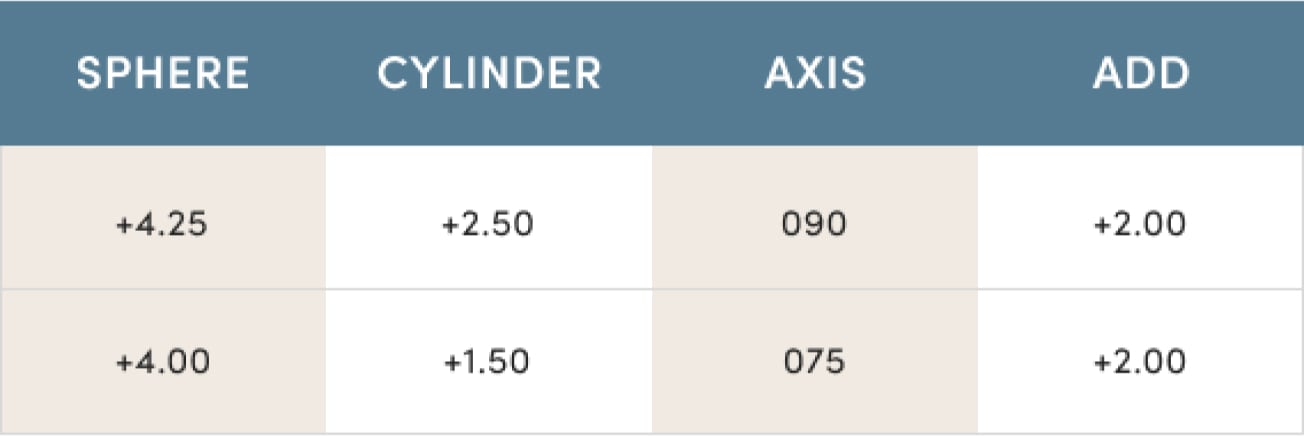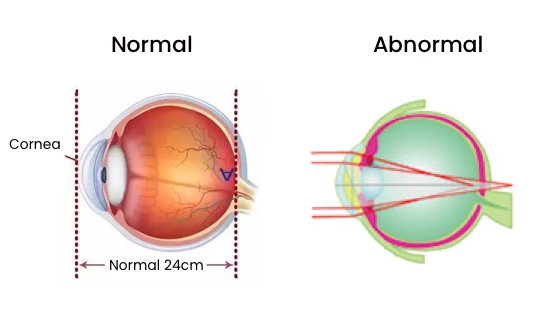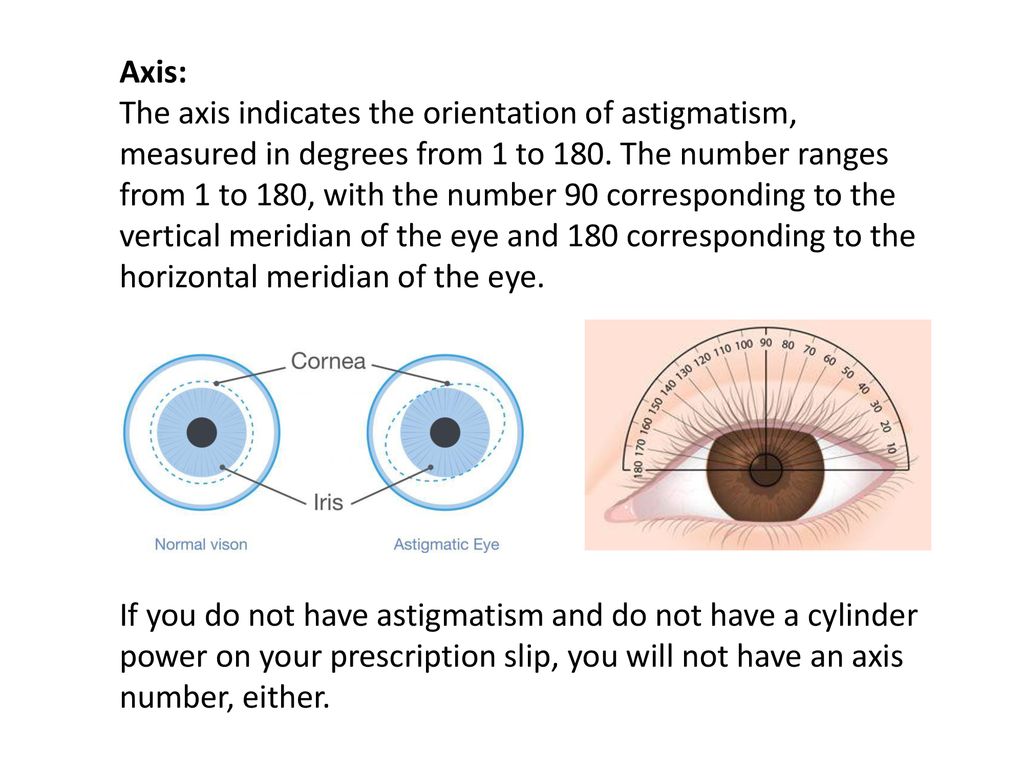What Does 160 Axis Mean In Eye Prescription
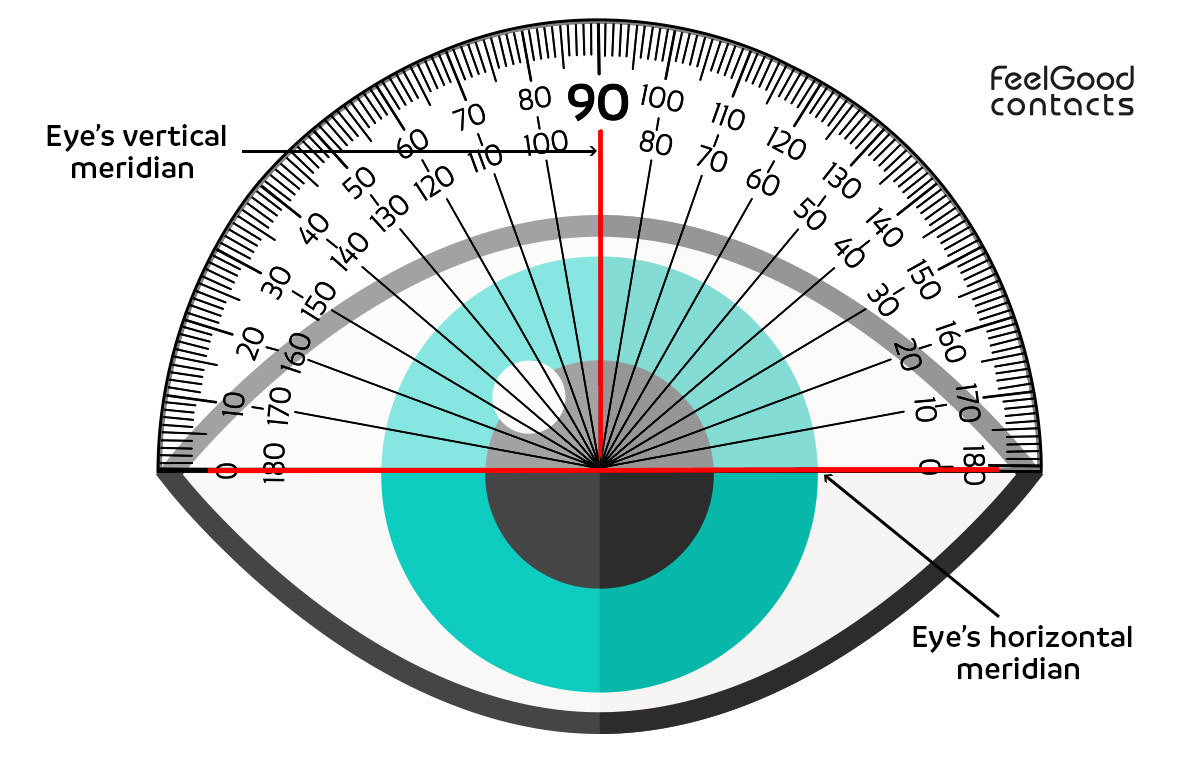
Navigating the world of eye prescriptions can often feel like deciphering a secret code. Among the various abbreviations and numbers, the term "Axis" frequently appears, leaving many wondering about its significance.
Understanding the Axis value is crucial for those with astigmatism, a common refractive error. It plays a key role in ensuring corrective lenses are ground correctly, leading to clear and comfortable vision.
Understanding Astigmatism and the Axis Value
Astigmatism occurs when the cornea, the clear front surface of the eye, or the lens inside the eye, has an irregular shape. Instead of being perfectly spherical like a basketball, it's shaped more like a football.
This irregular shape causes light to focus at multiple points in the eye, rather than a single point, resulting in blurred or distorted vision at all distances. The degree of astigmatism is measured in diopters (D) and is often represented by the "CYL" (cylinder) value on your prescription.
The Axis, measured in degrees from 1 to 180, indicates the orientation of the astigmatism. It specifies the angle at which the cylindrical power (CYL) should be placed in the lens to correct the refractive error.
Essentially, the Axis tells the lens manufacturer how to position the correction for astigmatism to properly focus light on the retina. Imagine trying to align a key with a lock; the Axis is the direction you need to turn the key to make it work.
Why is the Axis Important?
The Axis is critical because it determines the exact orientation of the cylindrical correction needed to counteract the uneven curvature of the cornea or lens. Without an accurate Axis measurement, the corrective lens will not properly focus light, and vision will remain blurred.
Even a slight error in the Axis value can lead to discomfort, eye strain, and suboptimal vision. This is why precise measurements during eye exams are so important.
Dr. Sarah Miller, an optometrist at ClearView Eye Clinic, explains, "The Axis is not just a random number; it's a precise measurement that dictates the effectiveness of astigmatism correction. We use advanced technology to ensure the Axis is accurate for each patient."
Reading Your Prescription
When you look at your eyeglass prescription, you'll typically see "OD" (right eye) and "OS" (left eye) followed by a series of values. If you have astigmatism, you'll see a "CYL" and an "Axis" value listed for each eye.
For example, a prescription might read: OD: -1.00 CYL -0.50 Axis 90. This means the right eye has 1.00 diopter of nearsightedness and 0.50 diopters of astigmatism corrected at an axis of 90 degrees.
The Axis value can range from 1 to 180 degrees. It's important to remember that 0 and 180 degrees are essentially the same direction.
Understanding this notation empowers you to better understand your vision needs and communicate with your eye care professional. It's always best to ask questions and clarify any concerns you have about your prescription.
Impact and Conclusion
An accurate Axis measurement has a significant impact on the quality of vision for individuals with astigmatism. It ensures that corrective lenses are precisely crafted to provide clear, comfortable vision and reduce eye strain.
With advancements in technology, eye care professionals can now achieve highly accurate Axis measurements, leading to improved visual outcomes for patients. Regular eye exams are essential for detecting and correcting astigmatism and maintaining optimal eye health.
Ultimately, understanding the significance of the Axis value in your eye prescription can help you appreciate the precision and care that goes into correcting your vision. It's a small number with a big impact on how you see the world.
